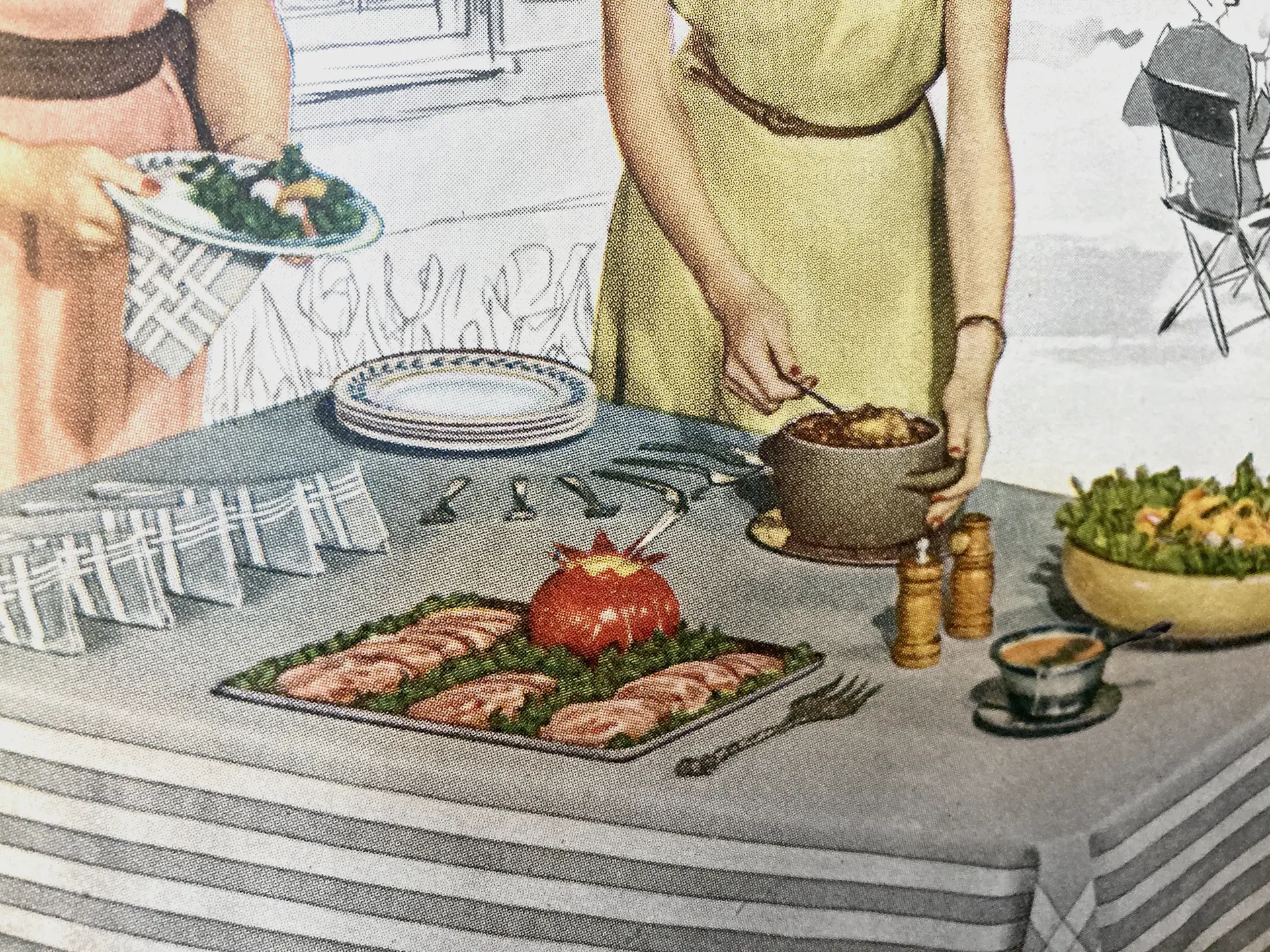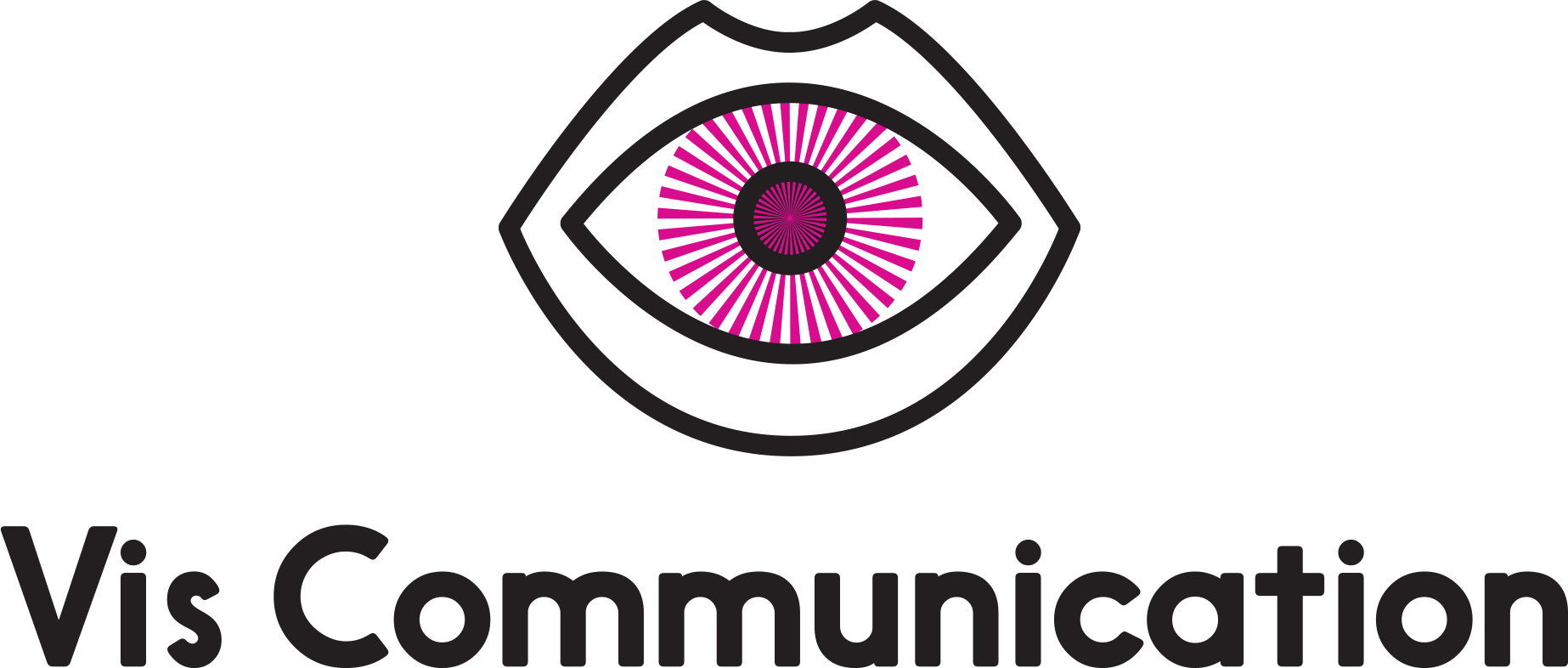Shoot Etiquette
The unwritten ground rules that will make you friends or enemies.

Summer always seems to be the time when a lot of video and photography productions happen for me. And as a follow-up to my recent post about what happens after something is approved (it’s called production), I thought I would dive a little deeper into some ground rules that probably no one told you about. All these apply to both video and still shoots equally.
1. Patience, young grasshopper.
What’s going to happen is someone is going to put things in front of the camera and see what they look like. Everyone is seeing it through the camera for the first time along with you. They’ll start to make adjustments – changing something out, changing wardrobe, moving things around, tweaking lighting or the camera position. Give them a bit of time to do this. Nothing is going to plop down in front of the camera perfectly from the get go. When it seems like they’ve had an opportunity to do their thing, or someone asks you what you think, respond if you have notes.
You’d be surprised that by waiting just a bit, many of the things that bothered you will magically be fixed/adjusted/disappear as if by telepathy.
To be clear, please speak up if you see something incorrect or an issue that’s going to take a long time to redo. My job on set is as an art director is to keep everyone on the agreed-upon path and have an opinion. A production is nothing if not answering a million questions. I’m just saying to give the experts on set a grace period. I think it reduces stress on set, and stress never made anything better.
• Does this support the thing we all agreed to do?
• Is this an improvement on the thing we all agreed to do?
2. The hierarchy has a purpose.
Oftentimes on set, there is a distinct hierarchy of who talks to whom. It may seem exclusionary, but the purpose is to have clear communication. Depending on the size of the set and number of crew, everyone needs to know what is happening at all times. If you go off and talk to the prop stylist about a change and nobody else knows about it, or worse, others are working to the original plan, now you’ve got a problem. Generally, you (meaning agency, art director or client) will be asked to give any notes to the producer who will relay those to the first AD or director. I’ve been on plenty of shoots where this was much looser. I’ve been on shoots where the director comes over themself. But following the hierarchy for the shoot you’re on is for the benefit of communication and will avoid time hiccups that nobody wants.
3. Respect the talent.
“The talent” are human beings. This isn’t really an unwritten rule I hope, but I have been on set once or twice where someone said something about their appearance in front of them unnecessarily. If it’s a question of whether you like them in the green shirt instead of the blue shirt, that’s no big deal. Want their hair in a ponytail? Fine. But there are other more sensitive issues about their appearance that may come up. Go in the other room and have a quick convo with the producer/hair and make-up/wardrobe. Don’t be rude.

4. Crew eats first.
If you are in any kind of food situation on set where there is a buffet or line to eat, the crew eats first. Period. They are working harder than you. This is possibly the most important unspoken rule.

